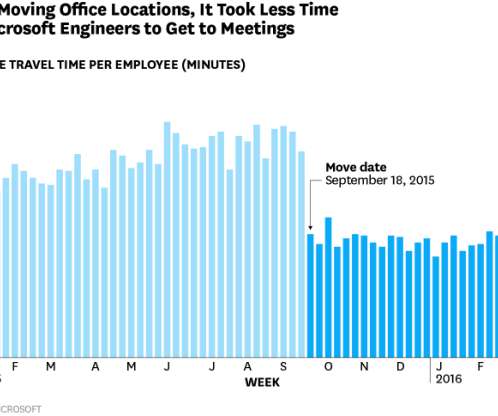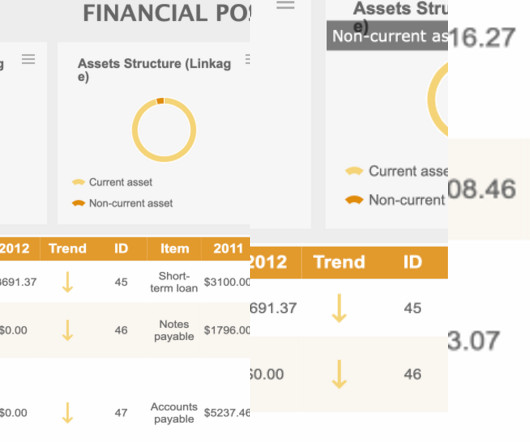Beyond the hype: Do you really need an LLM for your data?
CIO Business Intelligence
FEBRUARY 6, 2025
Tableau, Qlik and Power BI can handle interactive dashboards and visualizations. This means fostering a culture of data literacy and empowering analysts to critically evaluate the tools and techniques at their disposal. It also means establishing clear data governance frameworks to ensure data quality, security and ethical use.
















Let's personalize your content